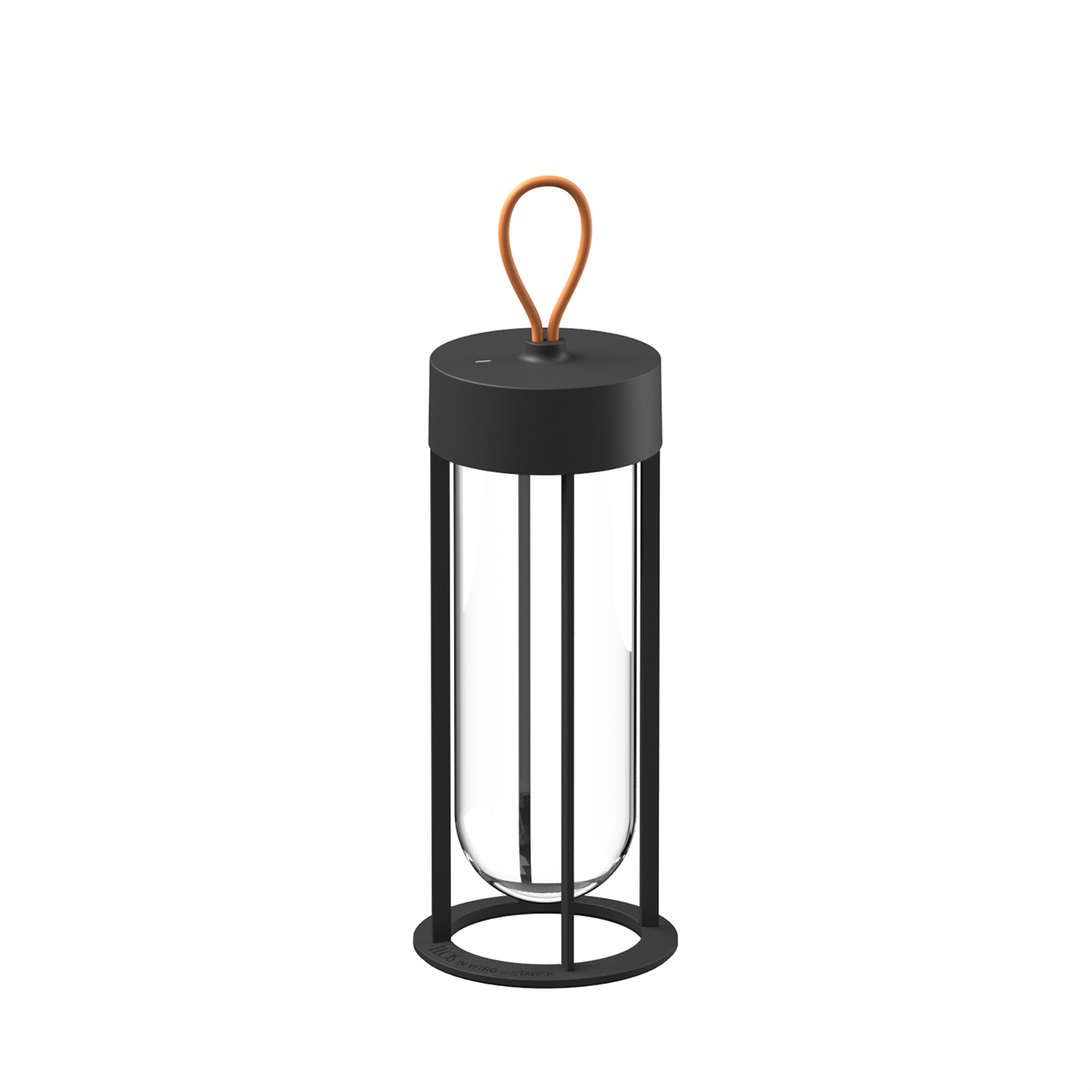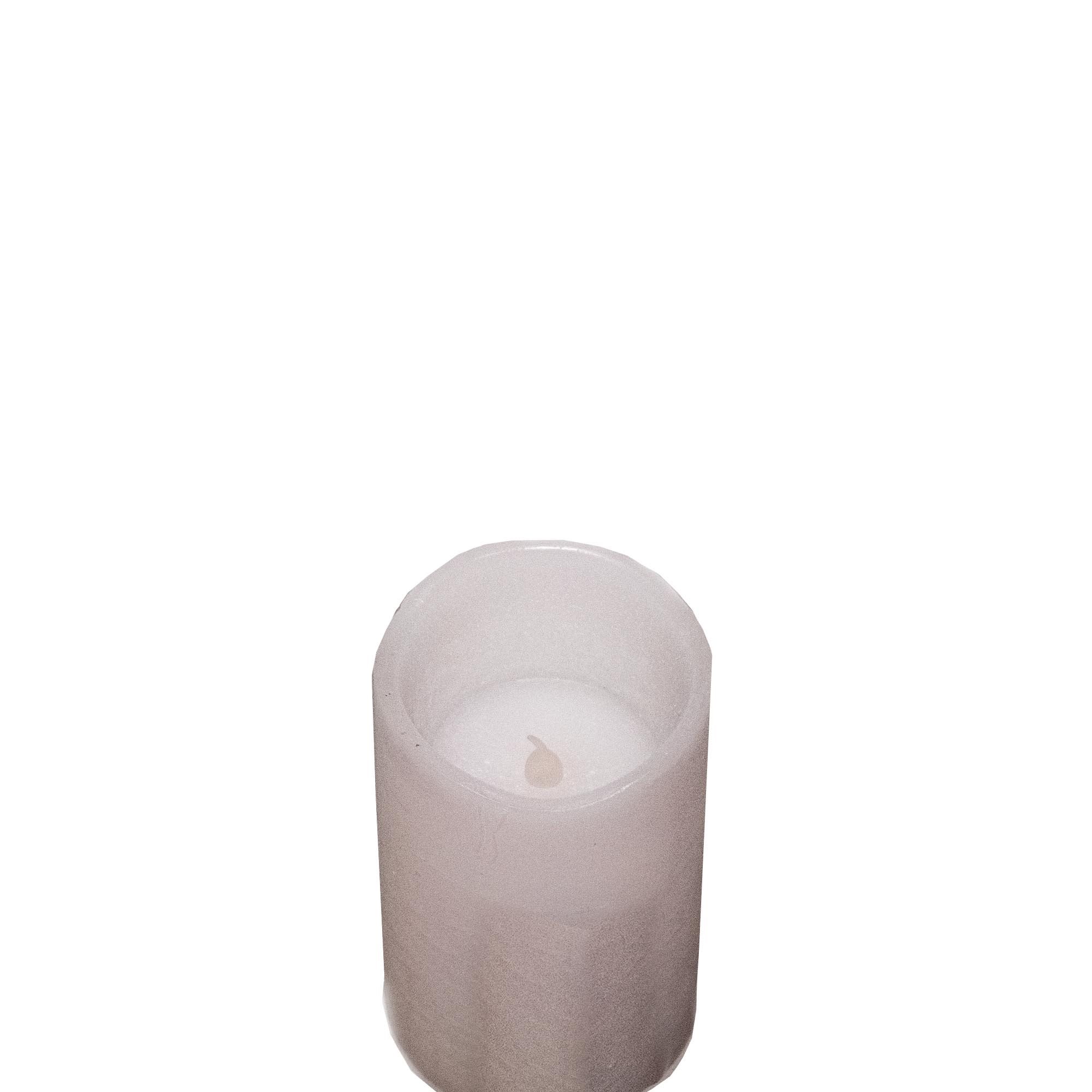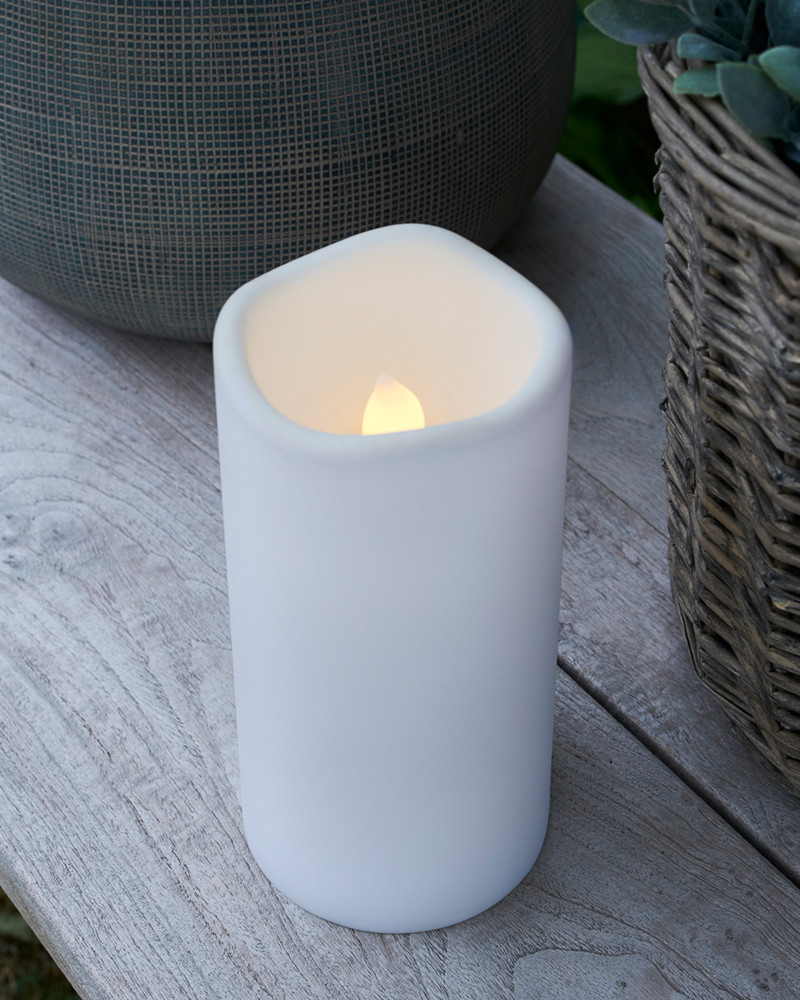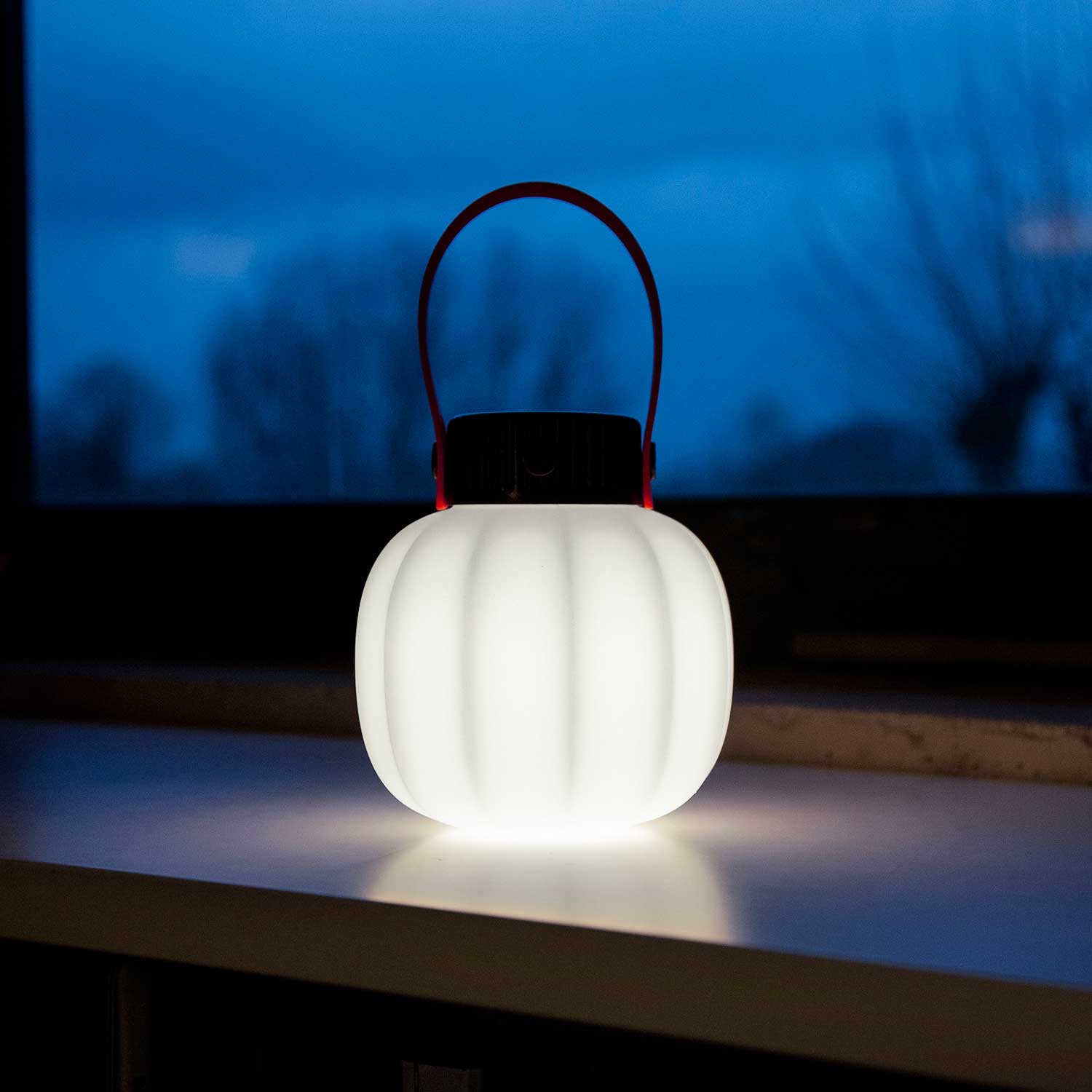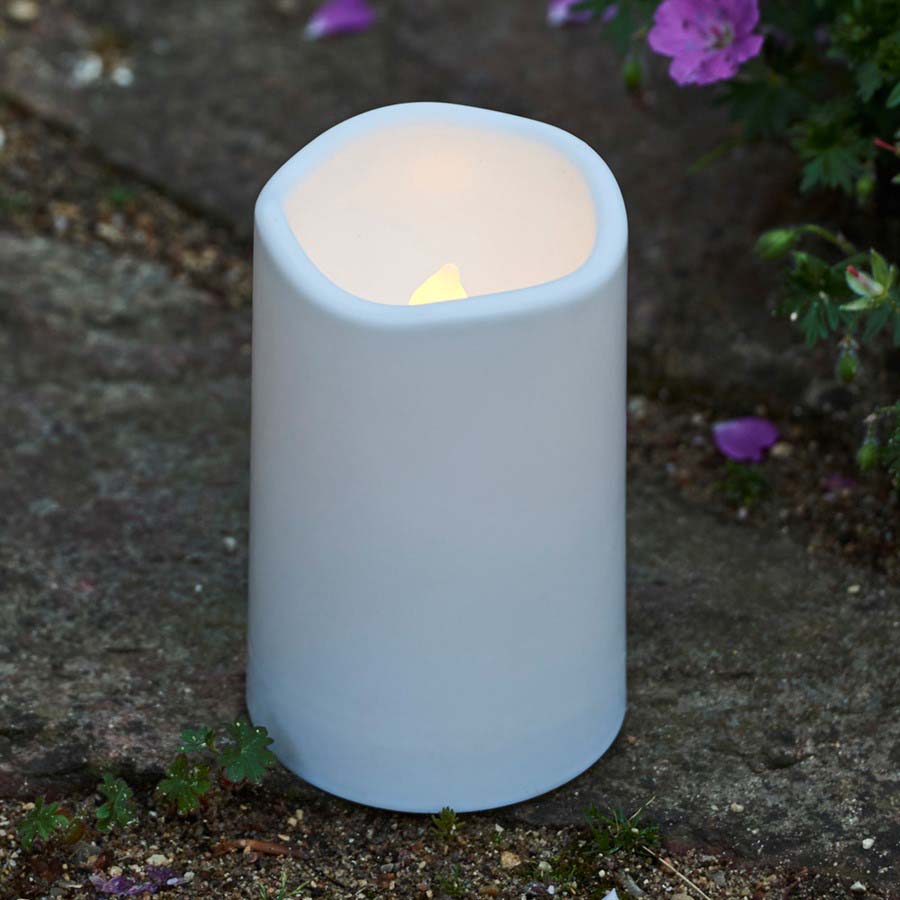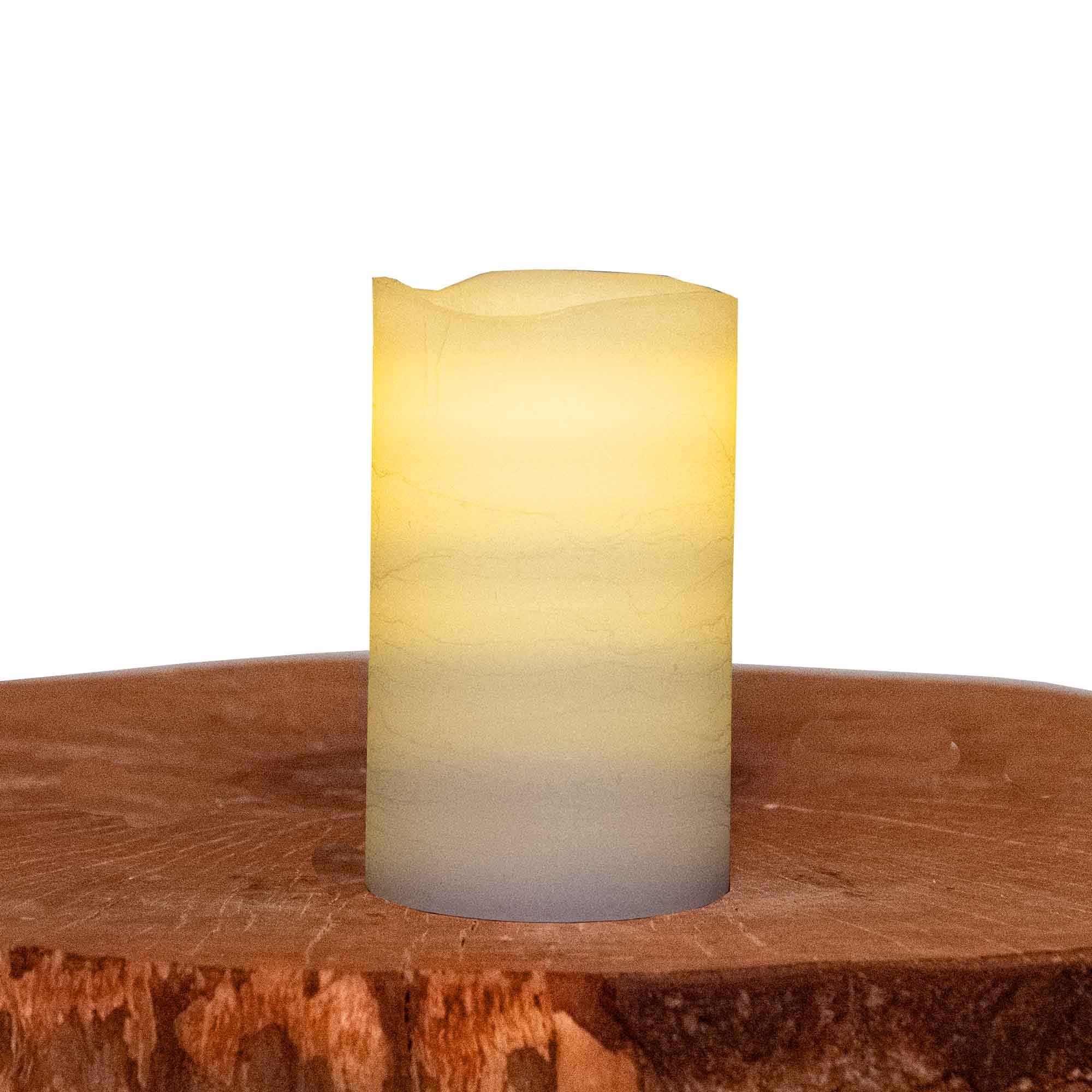
Sirius Lyskæder, indendørs lyskæder, udendørs lyskæder, Led lys, Led Batterilys | Lyskæder, Udendørs, Udeliv
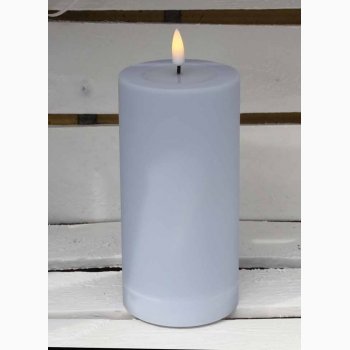
Udendørs Støvet Rosa 3D flamme LED bloklys (H:10 cm) - LED Bloklys, LED lanterner, udendørs til batteri - Frøtorvet ApS

Solar Light Gade Lampe Motion Sensor Indbygget I Lang Batteri Lys Udendørs Drevet Sollys Vandtæt Led-pærer, Lithium Batteri rabat ~ Andre < www.flytnord.dk

Udendørs Led-pære Bolden Fe String Lys Krans 150cm Batteri Lys Til Bryllup Julefrokost Hjem Garden Decoration Lamper Tilbud < Led-belysning ~ www.slaegtsbog.dk

